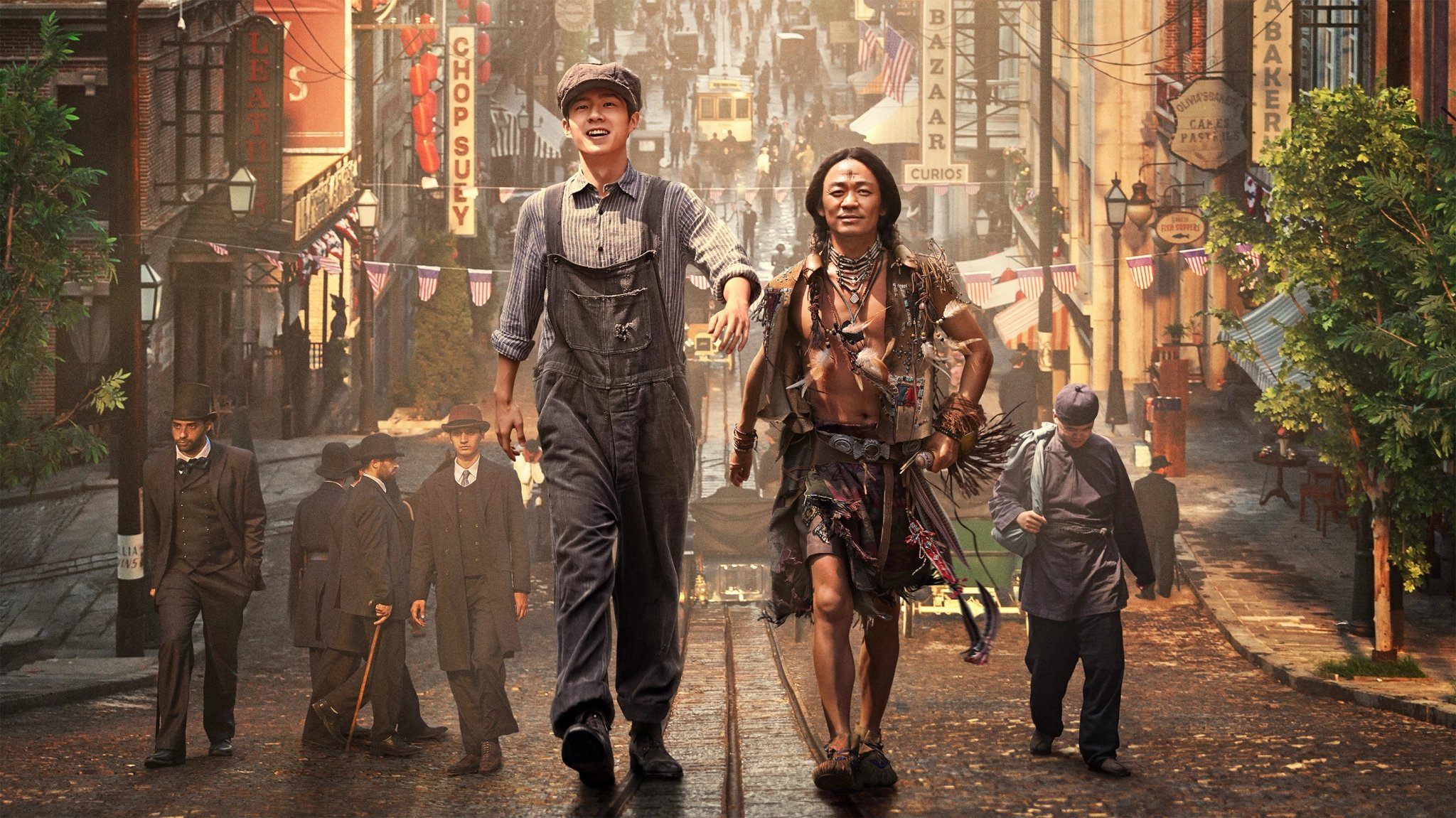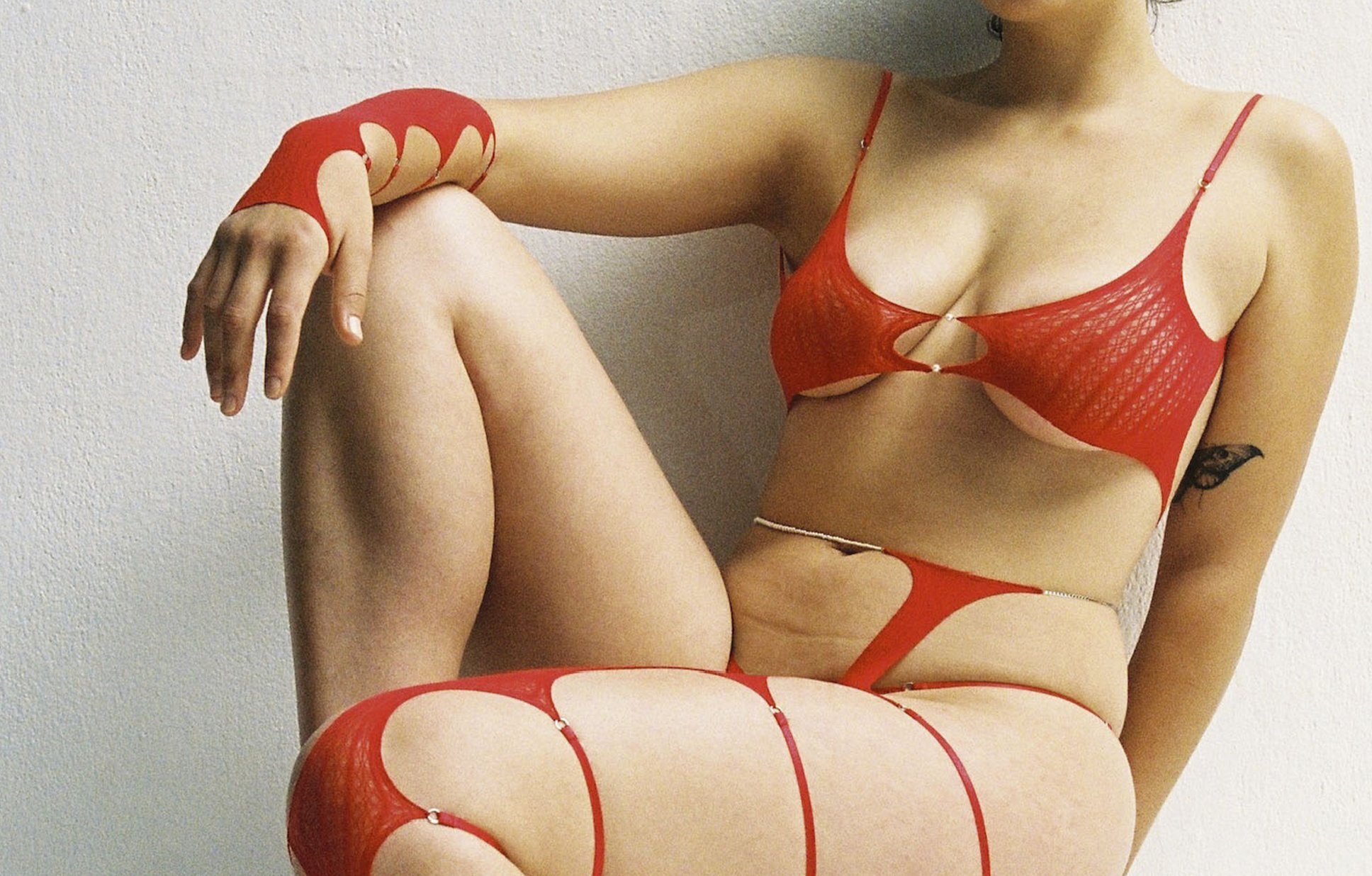If you ask Chinese people to picture a mahjong scene in their minds, many would probably imagine a group of shirtless, middle-aged men sitting around a mahjong table in a dim, smoky room full of commotion.
Some might be taken aback to discover that in Japan, professional mahjong players often suit up and smartly present themselves at mahjong competitions, which are broadcast to millions of viewers.

For those who aren’t familiar with mahjong, know that it is a board game involving three to four players who take turns drawing and discarding tiles from the table. The goal is to form specific sets of tiles (comparable to poker) to score points.
During occasions that call for family gatherings (Chinese New Year, for example), Chinese relatives often set up a mahjong table and hunker down for all-day matches. Some might place a wager or xiao caitou (小彩头) — a small amount of money to keep things more interesting — on the game.
Although betting isn’t a must during mahjong, many people associate the game with gambling.
In an attempt to standardize and universalize the game, China Mahjong Competition Rules (MCR) were introduced in 1998. But still, mahjong as a professional activity remained relatively niche in China until recently.
This is far from the case in Japan, a country that invented its own mahjong rules. Based on Chinese mahjong, riichi mahjong is so successful that it has been a professional ‘sport’ for decades in Japan, and matches regularly attract millions of viewers.
In Japan, pursuing the path of a professional mahjong player is nothing novel, and the vast majority of elite players are unsurprisingly Japanese.
Lin Yuan is an exception: The 20-year-old is the first young Chinese riichi mahjong player in Japan.

Give Mahjong a Chance!
Lin’s enthusiasm for mahjong stems from high school. As a fan of anime, he was a member of various ACG (Animation, Comics, and Games) fan clubs.
“Somehow, the groups were full of links to Maj-Soul, a riichi mahjong e-game created by a Chinese gaming studio. In February 2019, out of curiosity, I signed in and played. Then I just couldn’t stop,” confides Lin in RADII.

Prior to that, Lin hadn’t tried mahjong because he “used to think it’s a game that merely older generations would like.” According to him, Chinese youth are invited to play mahjong with their families nowadays, but not everyone is interested.
“What playing mahjong meant to me was nonstop gossip and the smell of cigarettes. And that it was boring compared to other games,” recalls Lin.
But after giving it a whirl, his opinion changed: “It’s so fun and intellectually intensive. You need to judge a situation and predict your opponent’s actions while trying to reach tile patterns efficiently in order to score as soon as possible.”
Mahjong technique, according to Lin, is no less complex than the tactics need to succeed in chess or Go.
“I think it is completely underrated, perhaps because many local mahjong rules in China sacrifice sophistication for gambling, making it a relatively boring sport. And therefore, it might not appeal to many people,” opines Lin.
Harder Than it Looks
The history of Japan’s version of mahjong has cast a spell on Lin.
“I began to follow riichi mahjong tournaments closely and gradually warmed to the idea of becoming a professional player,” he says. While studying at Tokyo Institute of Technology, he passed the qualification exam for Japan Professional Mahjong League (JPML).
But the test, which begins with a three-page-long written examination, is more difficult than you might assume. An example of a writing prompt would be how to determine one’s chances of winning in a provided situation. Furthermore, examinees can only proceed to the next part — a practical assessment — if they score high grades.
After facing a line of questioning, examinees must play two matches in a dojo (a room or hall where matches unfold). Their every move, including their mannerisms and ways of holding their tiles, is observed by JPML officials.

“It’s tough for normal players since there are way more restrictions in professional games, and you have to follow that pattern,” explains Lin.
At first, the youth’s parents were strongly opposed to his goal of professionally becoming involved in an activity often associated with small-time, backroom gambling. To demonstrate the legitimacy of his chosen career path, he sat them down to watch some M-League games — Japan’s biggest mahjong competition — and explained the game’s mechanics and complicated rules. His tactic worked, and they began to embrace it.
Since then, Lin has participated in many tournaments himself. The experience can be both physically and intellectually demanding.
“Honestly, playing a tournament is very different from how I normally play mahjong on my phone. Our matches are usually done in a single day, from 11 AM to 4 PM, with no break in the middle or time to have lunch,” he shares. “Under the high intensity of brain activity and pressure, you will soon be exhausted. Every time I finish the game, I go home and fall asleep for a few hours.”
In addition to skills, luck plays a big part in winning mahjong, emphasizes Lin. He recalls a match where he badly needed a particular tile, but it never showed up.
“I did the best I could, but sometimes, luck — that’s the thing,” he shrugs.
Competitive Mahjong Comes Home
As the only active professional Chinese player in riichi mahjong, Lin — at least in his examiner Setokuma Naoki’s eyes — plays an extremely important role in promoting competitive mahjong in China.
“He was very surprised to learn that I am Chinese, but very happy at the same time,” reveals Lin. “He hopes I can be the bridge between Chinese and Japanese competitive mahjong fields in the future.”
The young mahjong enthusiast, who was interviewed by riichi mahjong content creator Fengming Mahjong Group on the Chinese streaming platform Bilibili earlier this year, is highly optimistic about the development of competitive mahjong in China.
“The growth of competitive mahjong in China has been very rapid over the past few years,” says Lin. “A long time ago, you could only find a few videos when you searched for keywords on Bilibili. Now, an M-League match can easily reach tens of thousands of views, which is already a big improvement. What’s even more gratifying is that China now has an unofficial tournament based on MCR, which is also catching a good amount of attention.”
Lin has observed that — despite some folks’ preconceptions about mahjong —the game is now being well-received by young people in China. Even his ex-classmates from high school are supportive and understanding of his career choice.
“Maybe in the future, a new competitive mahjong ecosystem will form in China,” says the Chinese youth with hope.
Cover image designed by Haedi Yue























